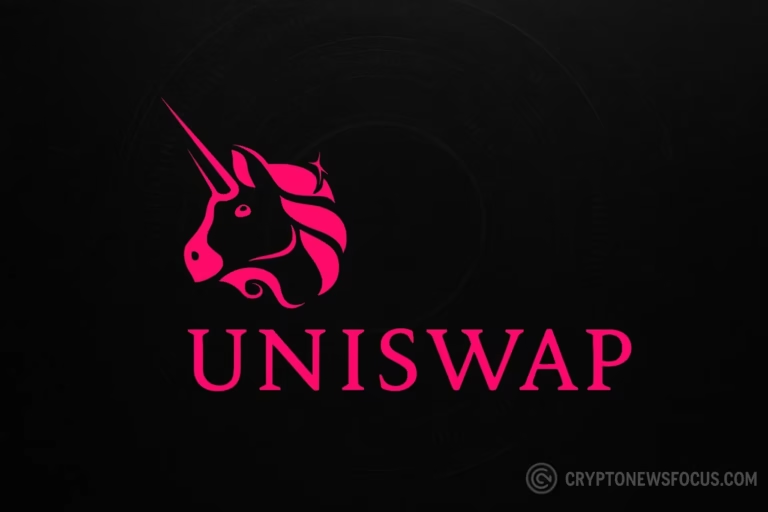
- Ethereum’s transaction fees have dropped by 59.6%, primarily due to an increase in the gas limit and the growing adoption of Layer-2 solutions.
- These changes have improved transaction capacity and efficiency, reducing congestion and costs on the Ethereum network.
Ethereum, the second-largest cryptocurrency by market capitalization, is currently experiencing a significant decrease in its network transaction fees. In fact, Ethereum’s fees have plummeted by 59.6% in the first quarter of the year, reaching a low of $208 million. This marks the lowest fee level since 2020, and it has caught the attention of crypto enthusiasts and traders alike. But what’s behind this sudden drop in fees? Let’s take a closer look.
Two Key Factors Behind the Fee Drop
IntoTheBlock, a prominent analytics platform, attributes the Ethereum fee reduction to two primary factors: an increase in the gas limit and the growing adoption of Layer-2 (L2) solutions. These developments are reshaping the Ethereum network and its fee structure, leading to more efficient and cost-effective transactions.
Increase in Gas Limit
The Ethereum network made a significant change to its transaction capacity earlier this year. In February, validators on the network agreed to raise the gas limit—the maximum amount of computational work allowed in each block. This change was approved after more than half of the validators gave their consent, and it was implemented without requiring a hard fork.
By increasing the gas limit from 30 million to roughly 32 million units, Ethereum’s transaction capacity expanded, allowing more transactions to be processed within each block. This increase in capacity reduces congestion and, consequently, the overall fees required to prioritize transactions. Ethereum’s gas limit had not been adjusted since 2021, and this move aims to improve efficiency without compromising security or decentralization.
Rise of Layer-2 Solutions
Another factor contributing to the decline in Ethereum fees is the rapid migration of activity to Layer-2 (L2) solutions. L2 protocols are built on top of Ethereum and help offload the transaction burden from the main Ethereum chain. These solutions can process transactions more quickly and with lower fees, which has encouraged many users and developers to shift their operations away from the Ethereum mainnet.
The growing use of L2 solutions has helped reduce the pressure on Ethereum’s main network, ultimately leading to lower transaction costs. As these Layer-2 solutions become more popular, the Ethereum network can better handle larger volumes of transactions without incurring higher fees.
The Road Ahead for Ethereum
Despite the drop in fees, Ethereum has not been immune to the broader market decline. In the first quarter, Ethereum’s price fell by 49%, wiping out more than $170 billion in market value. However, Ethereum is not standing still. One major development on the horizon is the upcoming Pectra mainnet upgrade, scheduled for May 7. This update is expected to further enhance Ethereum’s scalability and performance, making the network even more efficient in handling high transaction volumes.
As Ethereum continues to evolve, its ability to manage transaction costs and scalability will remain crucial in maintaining its position as one of the leading cryptocurrencies in the market.




